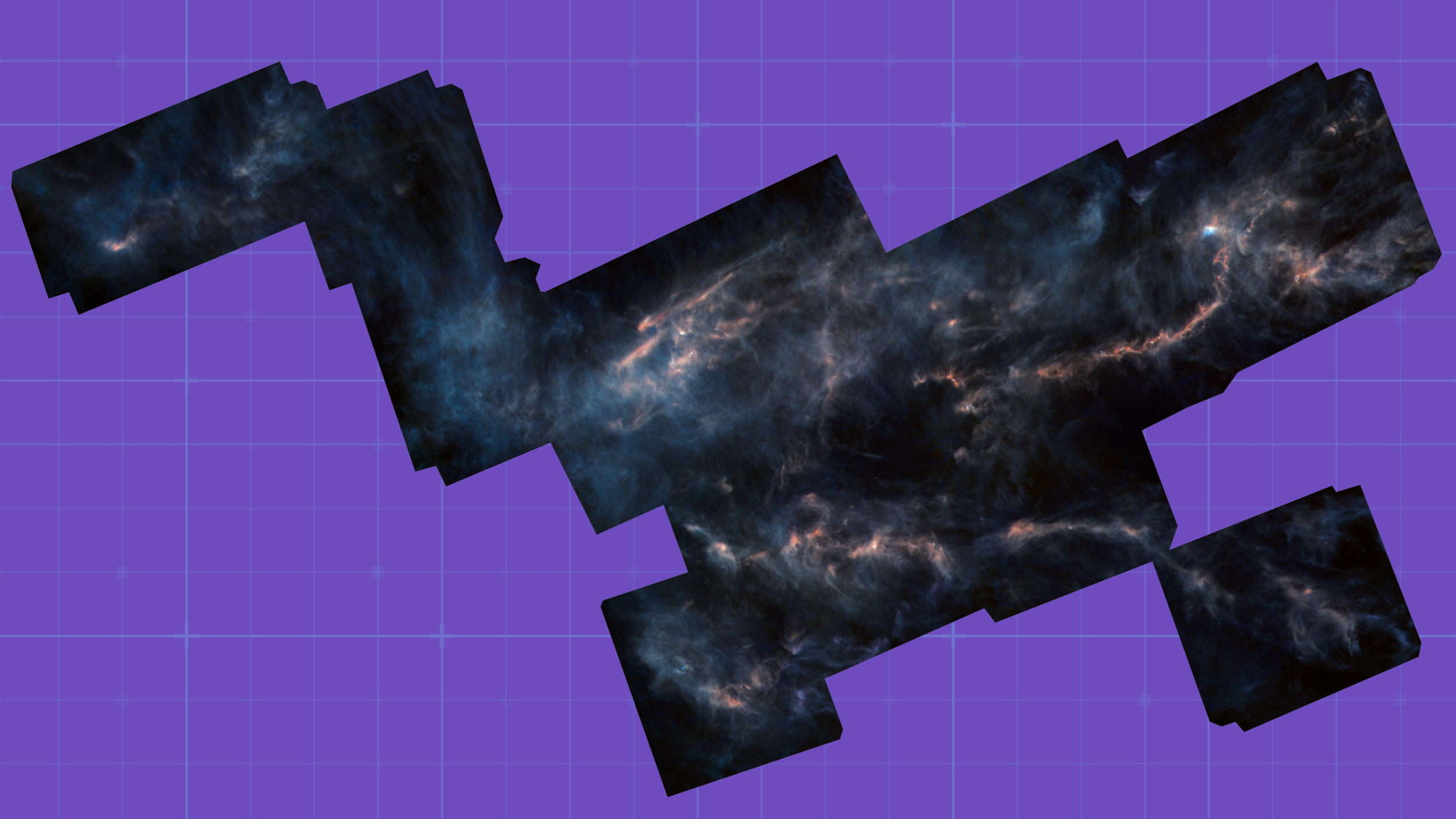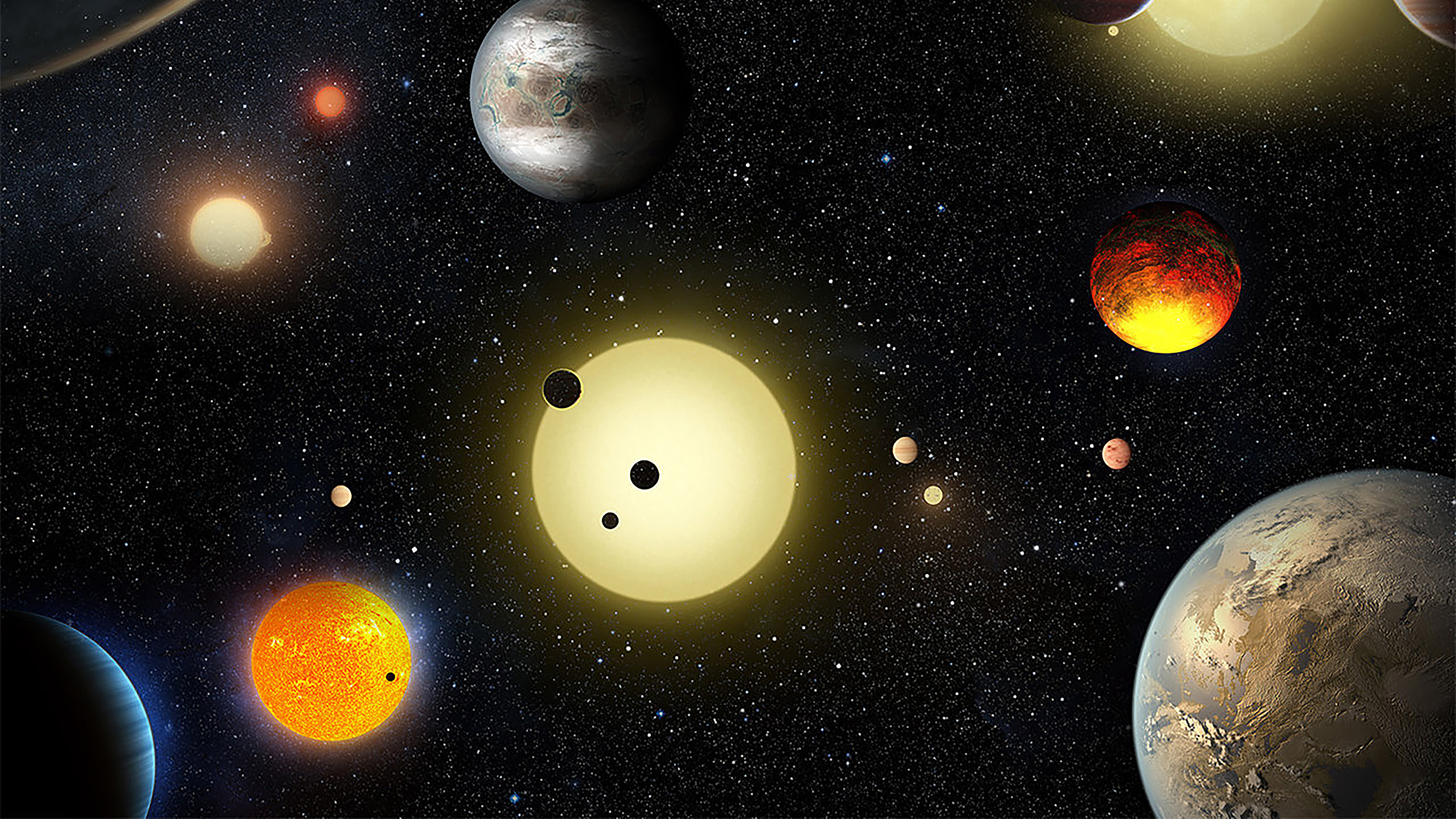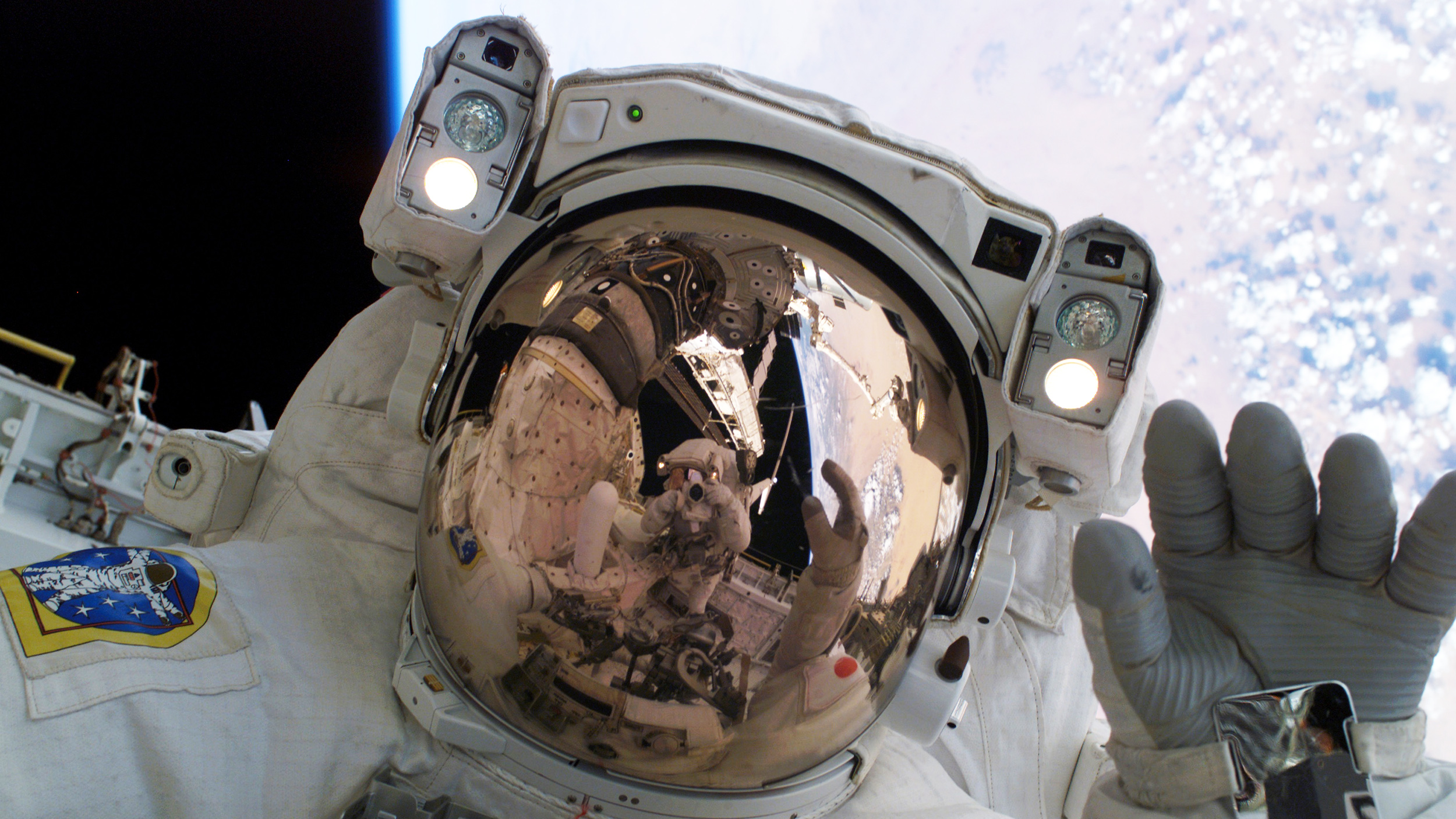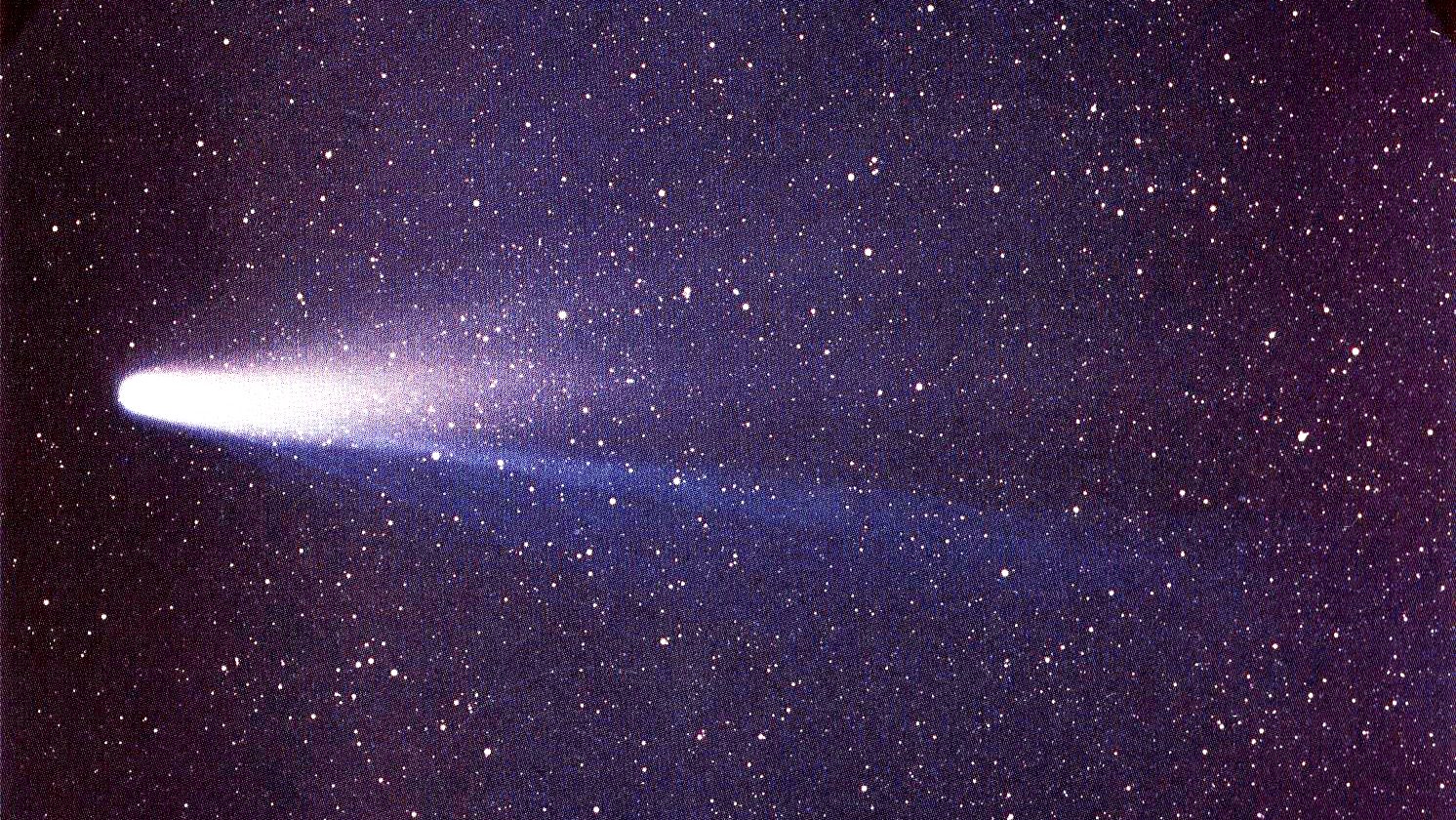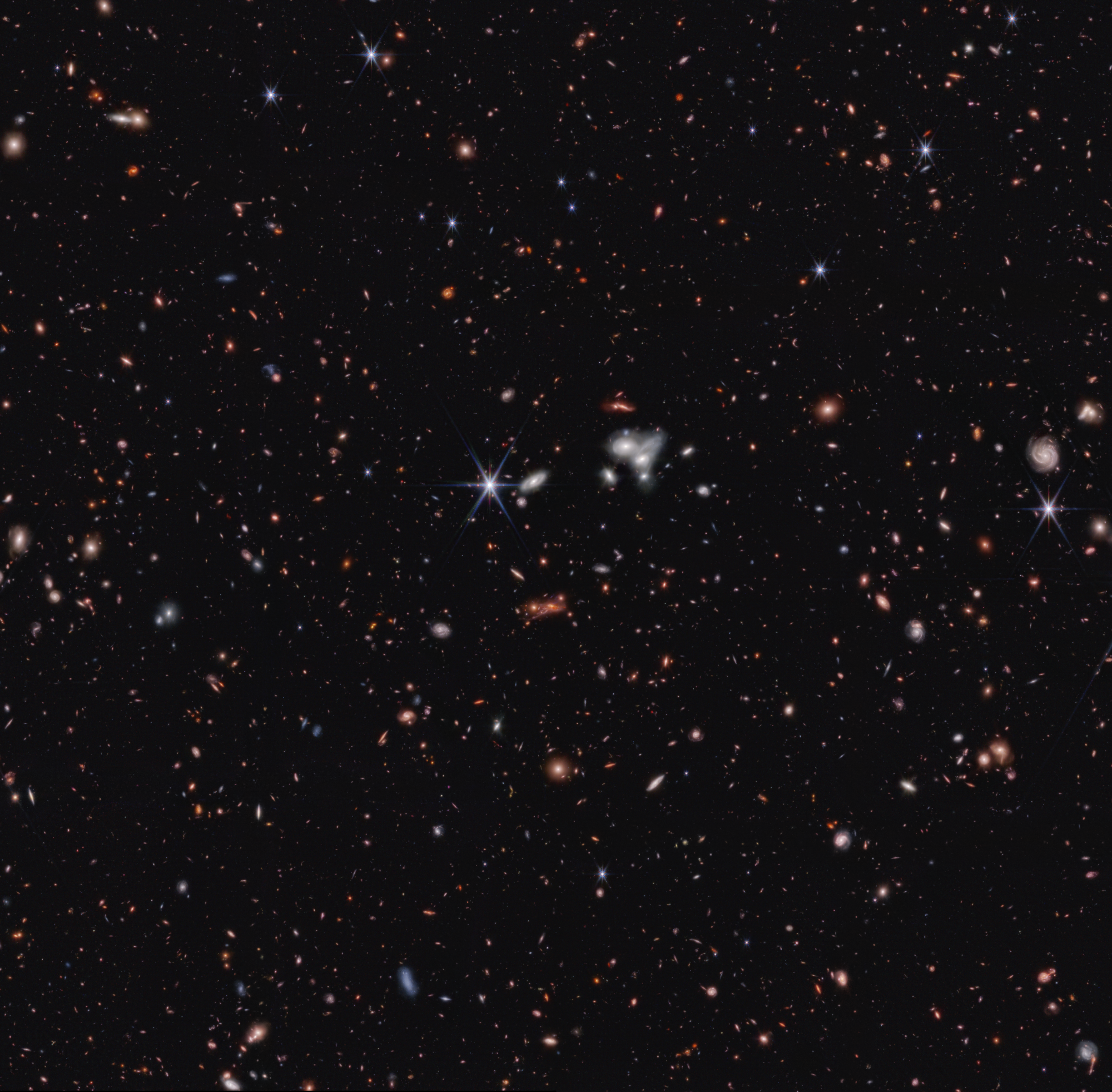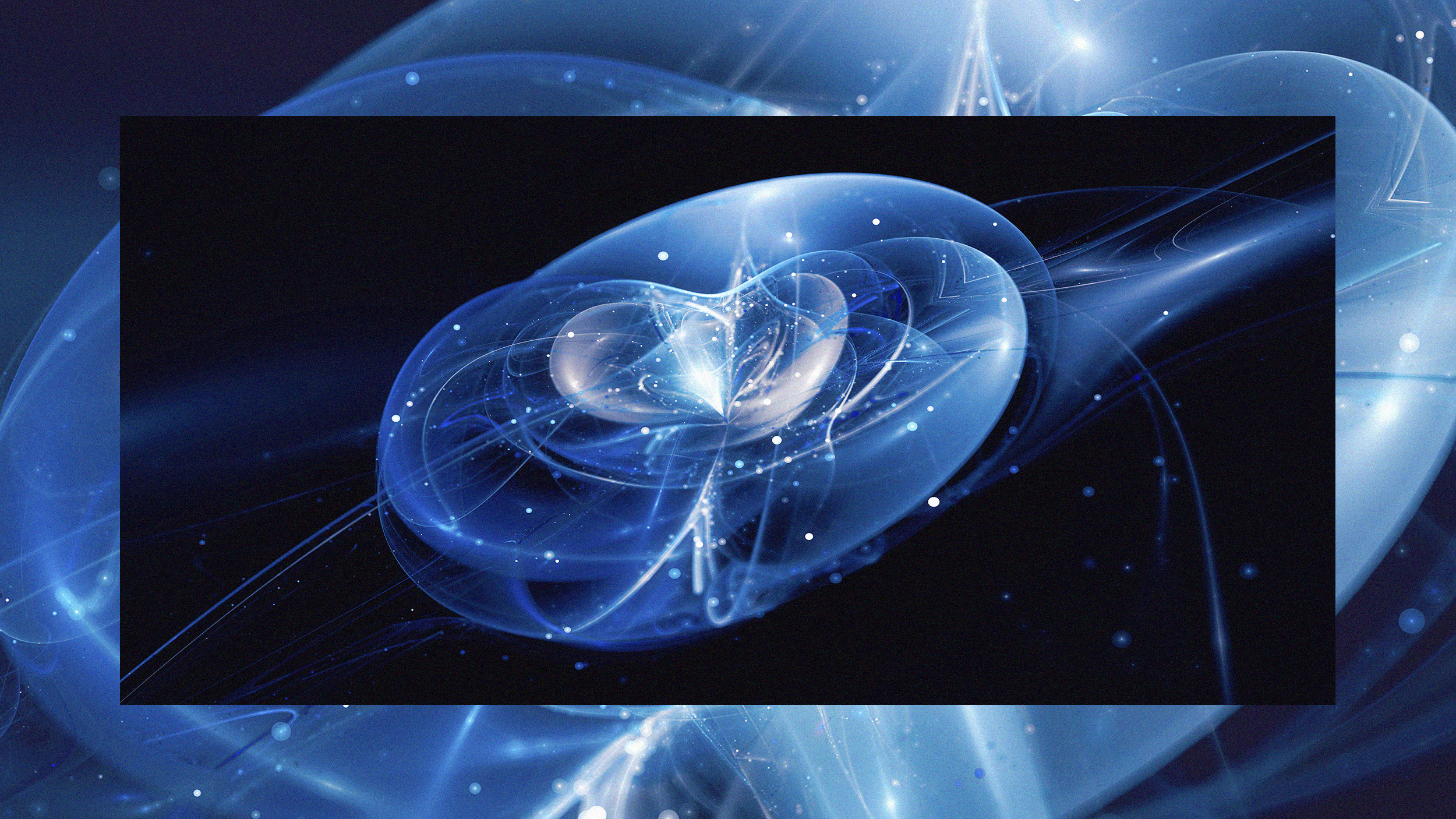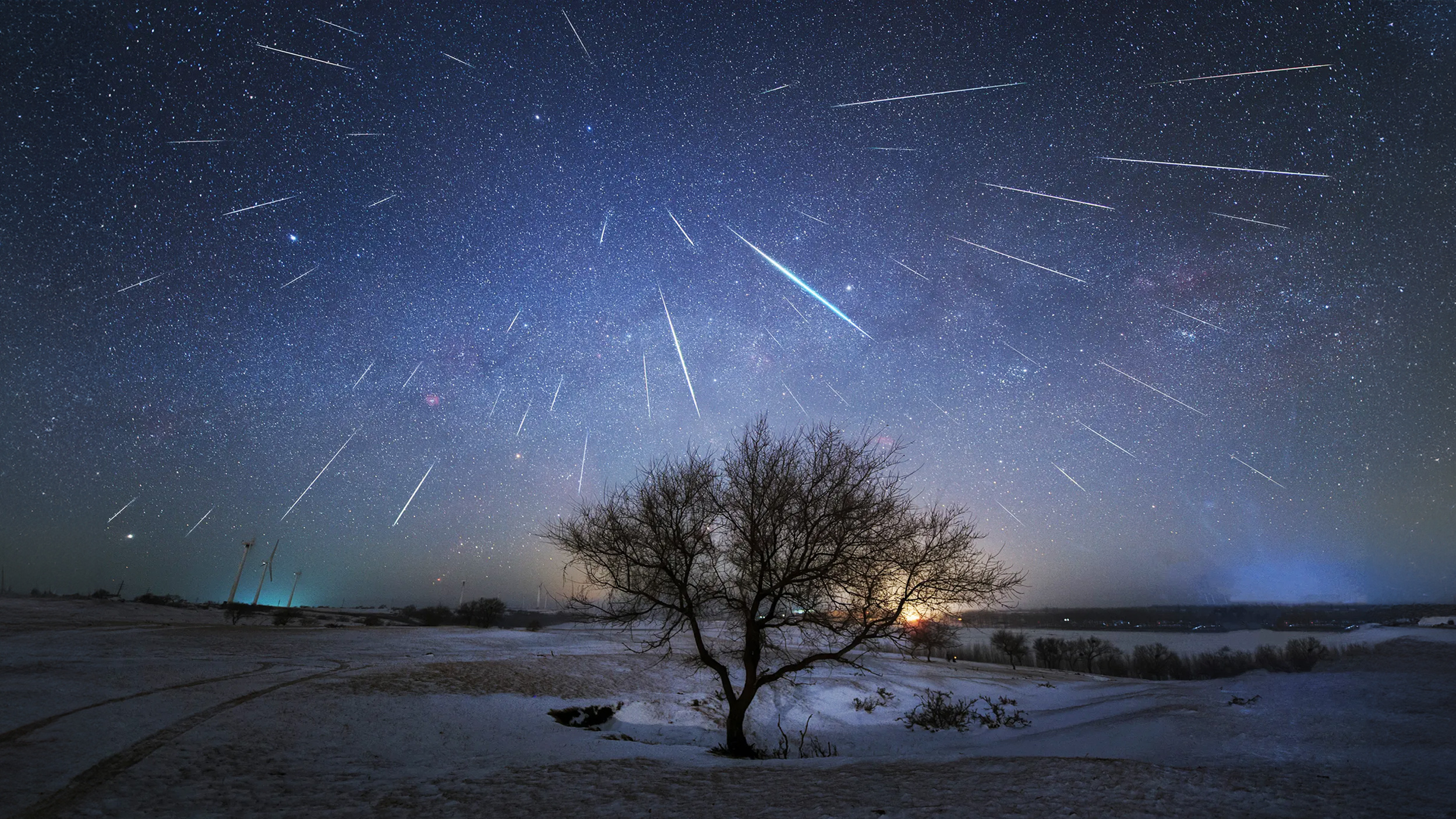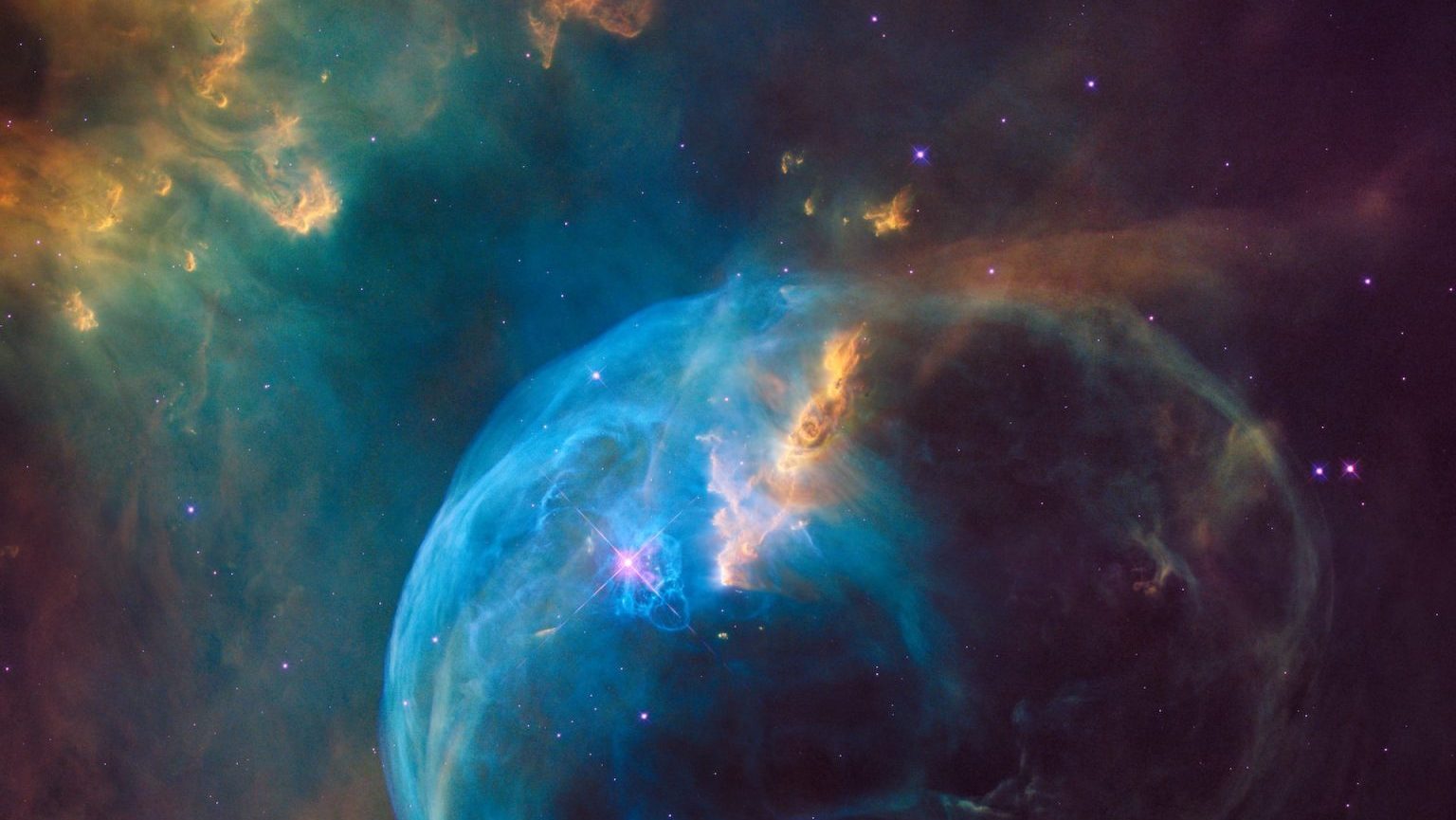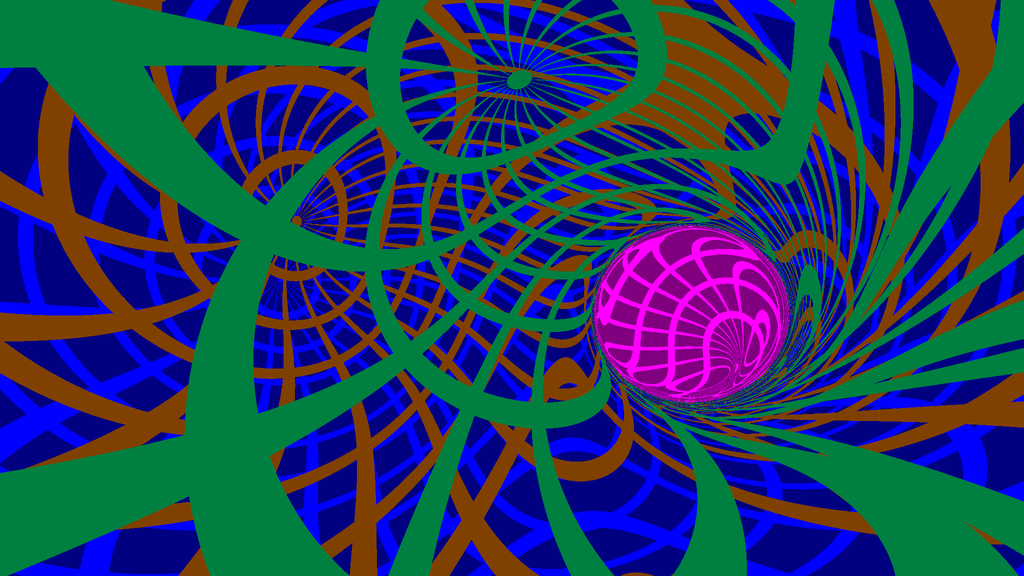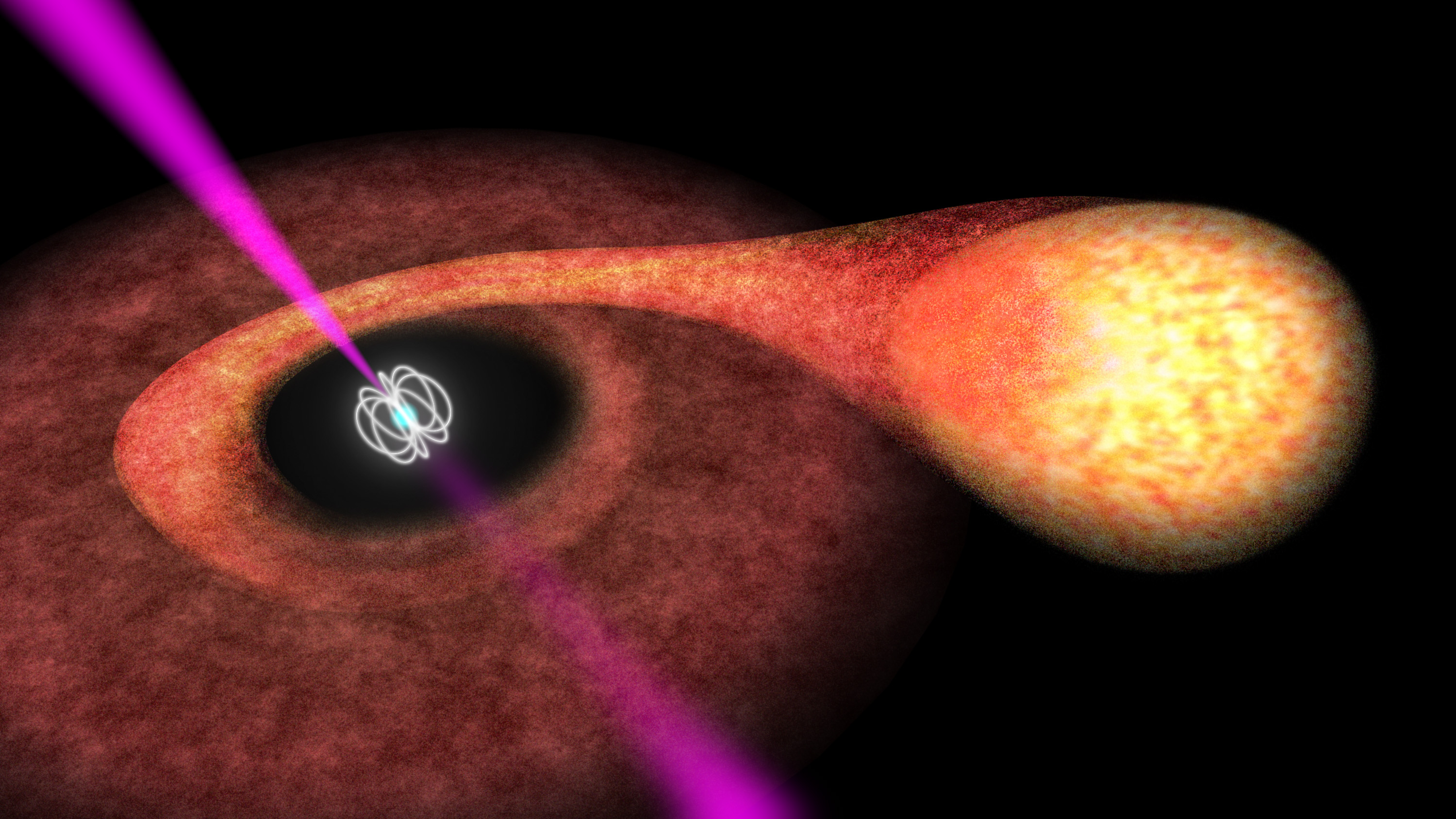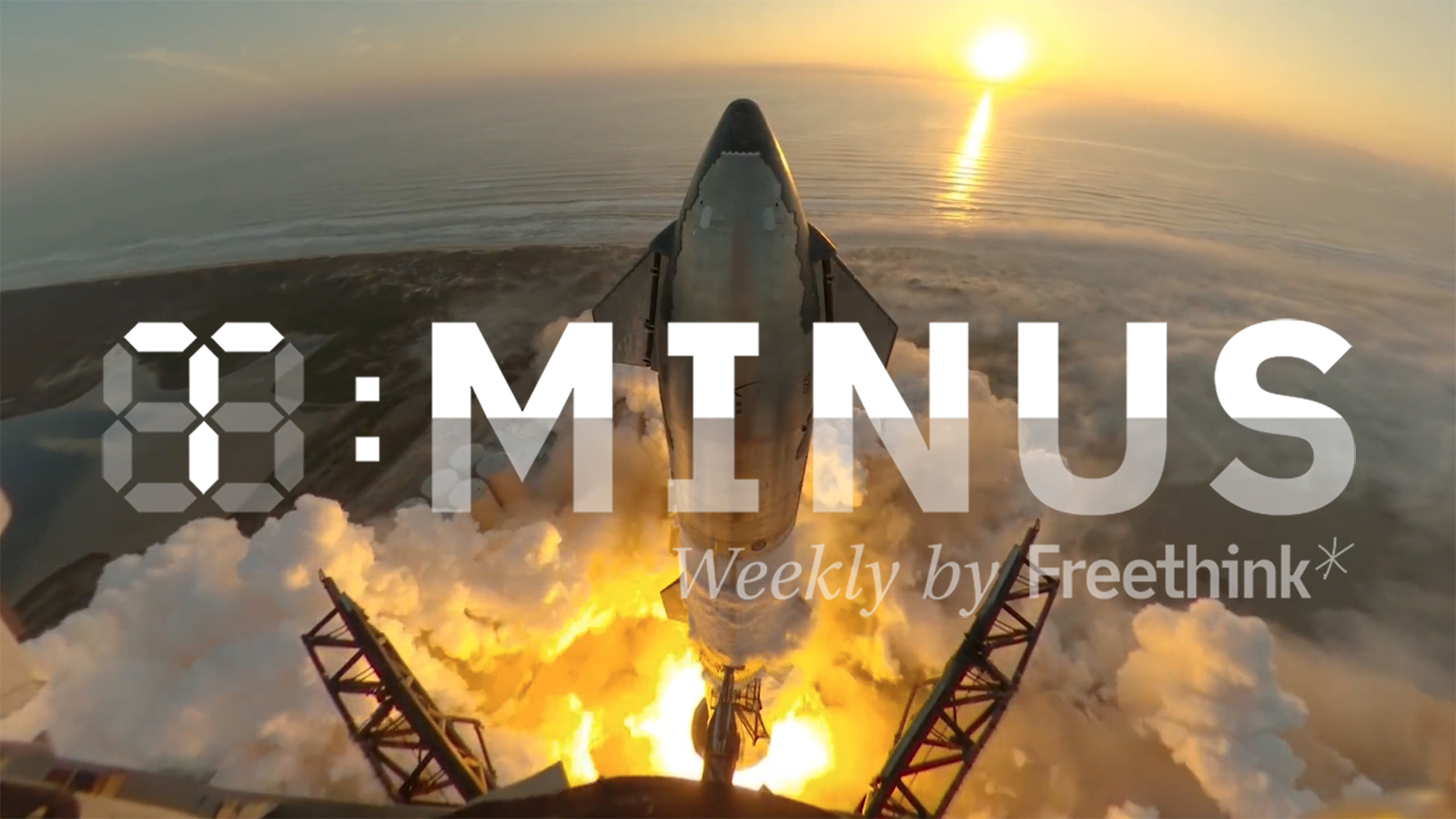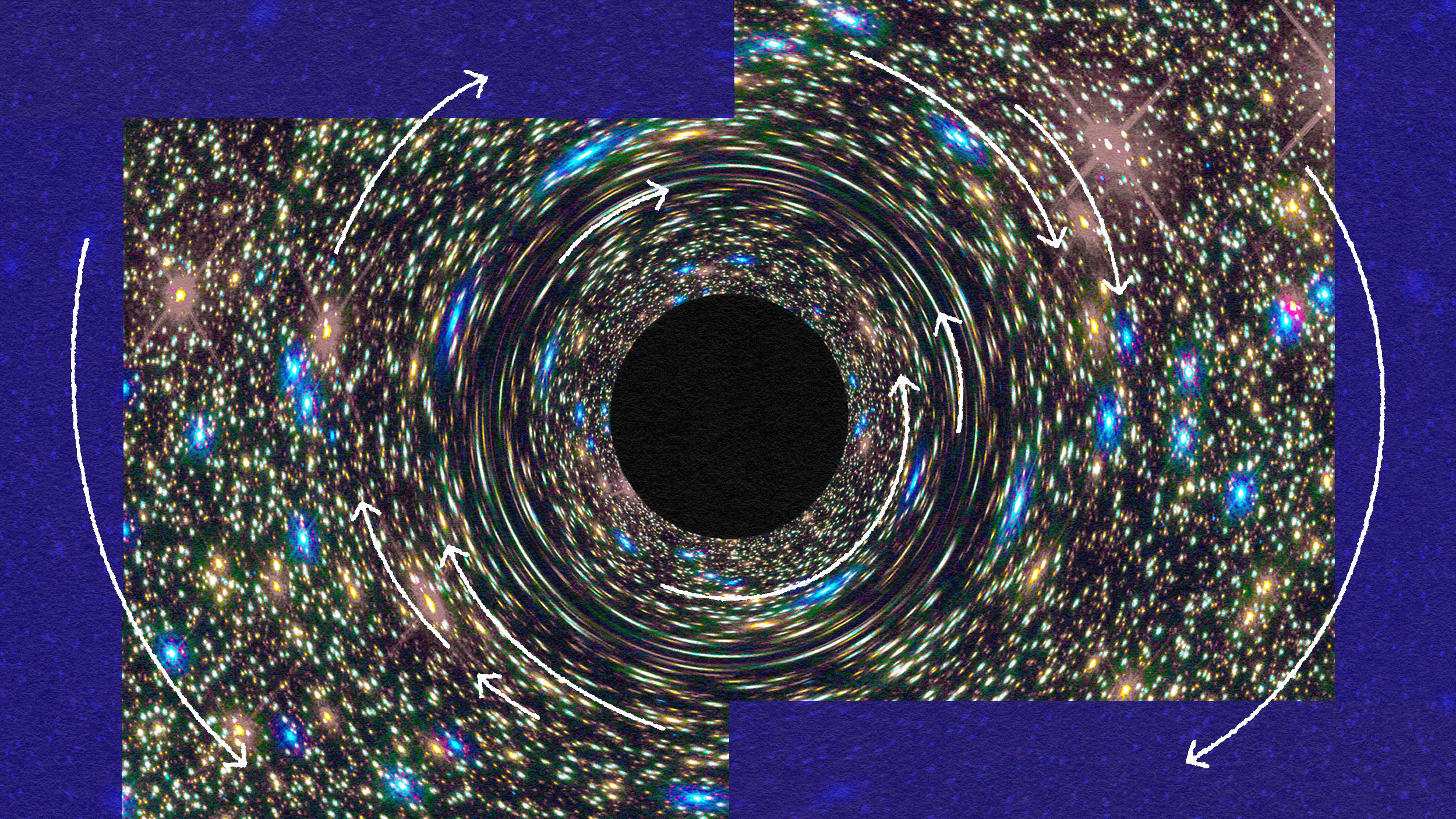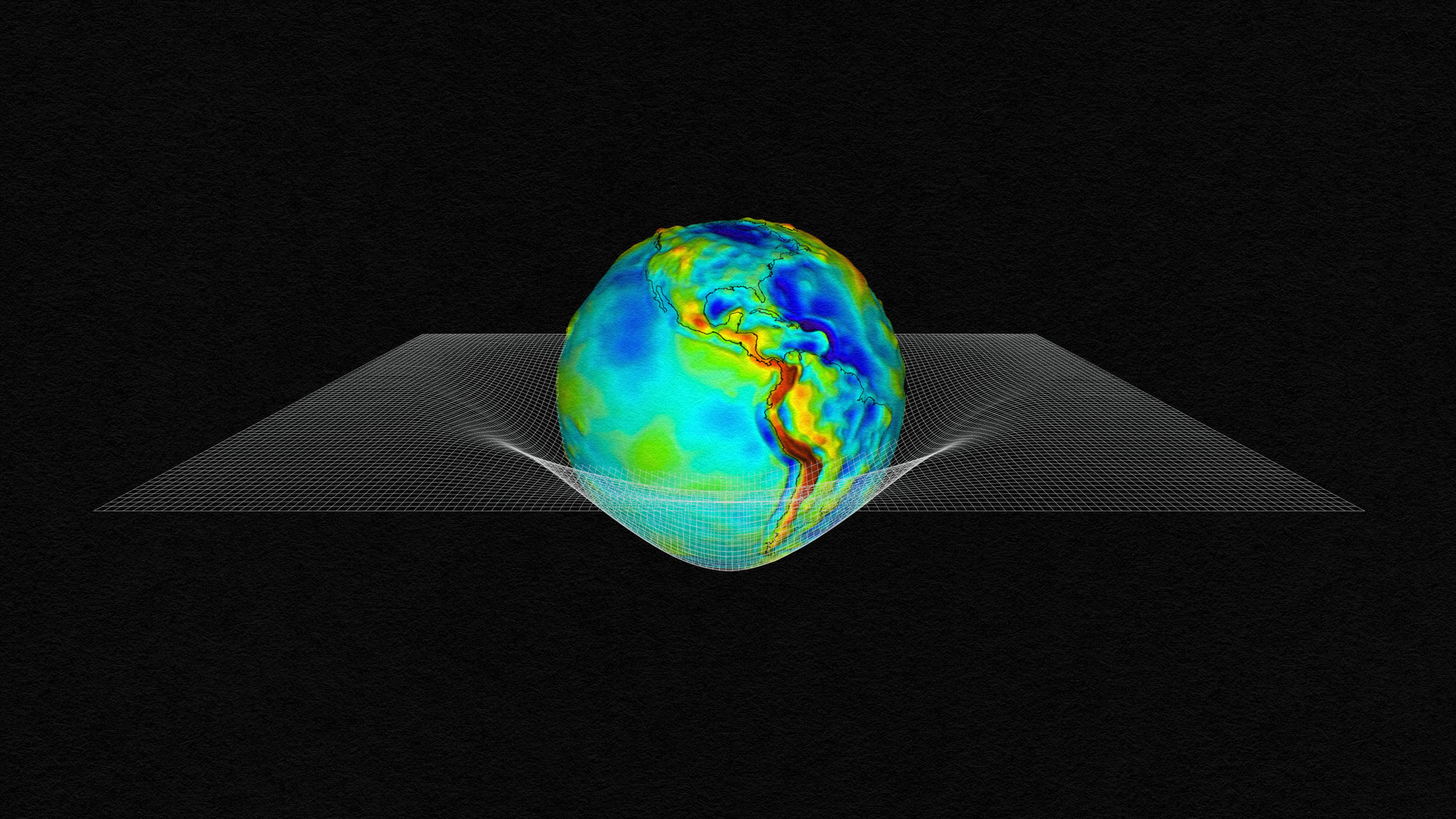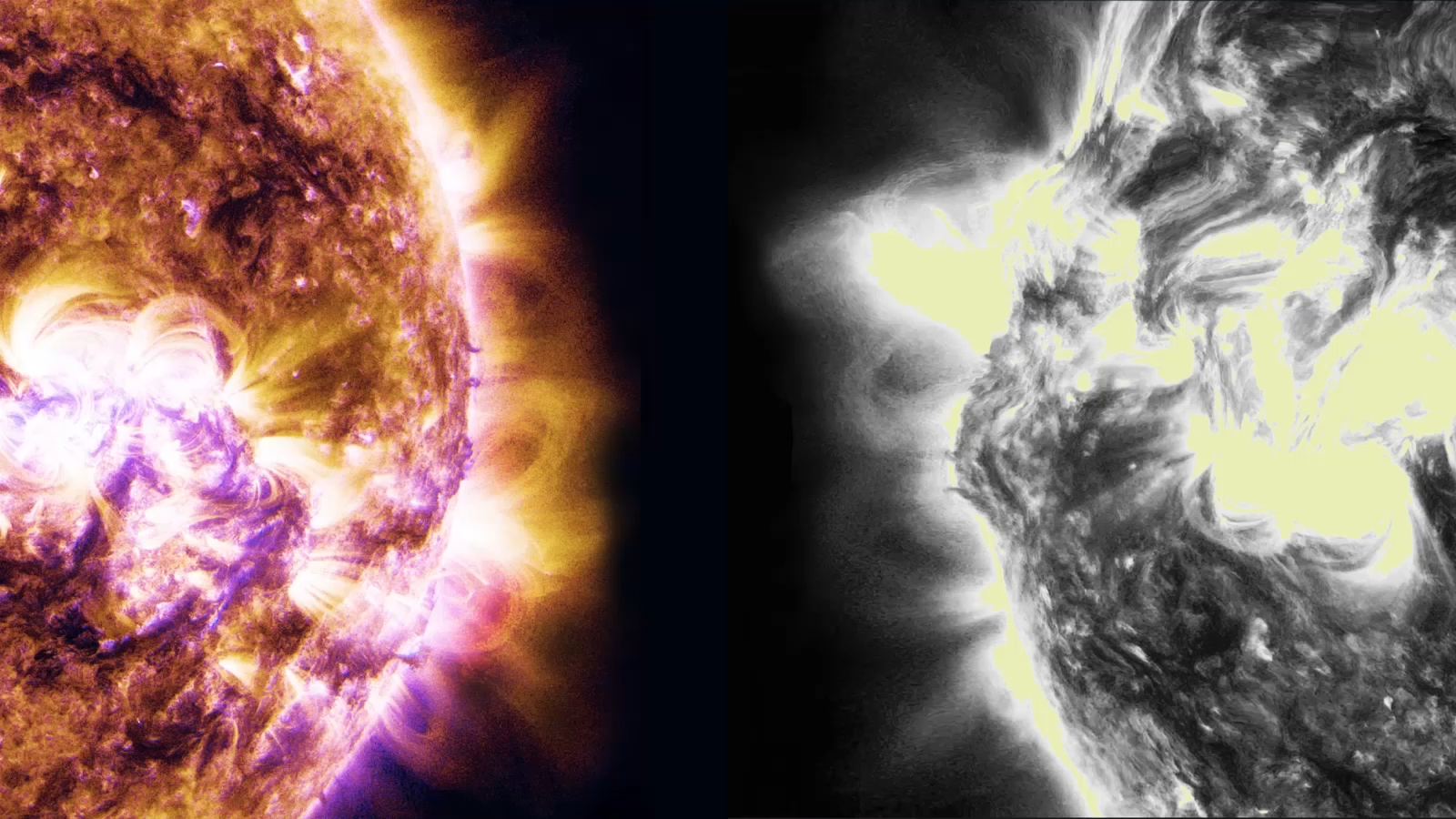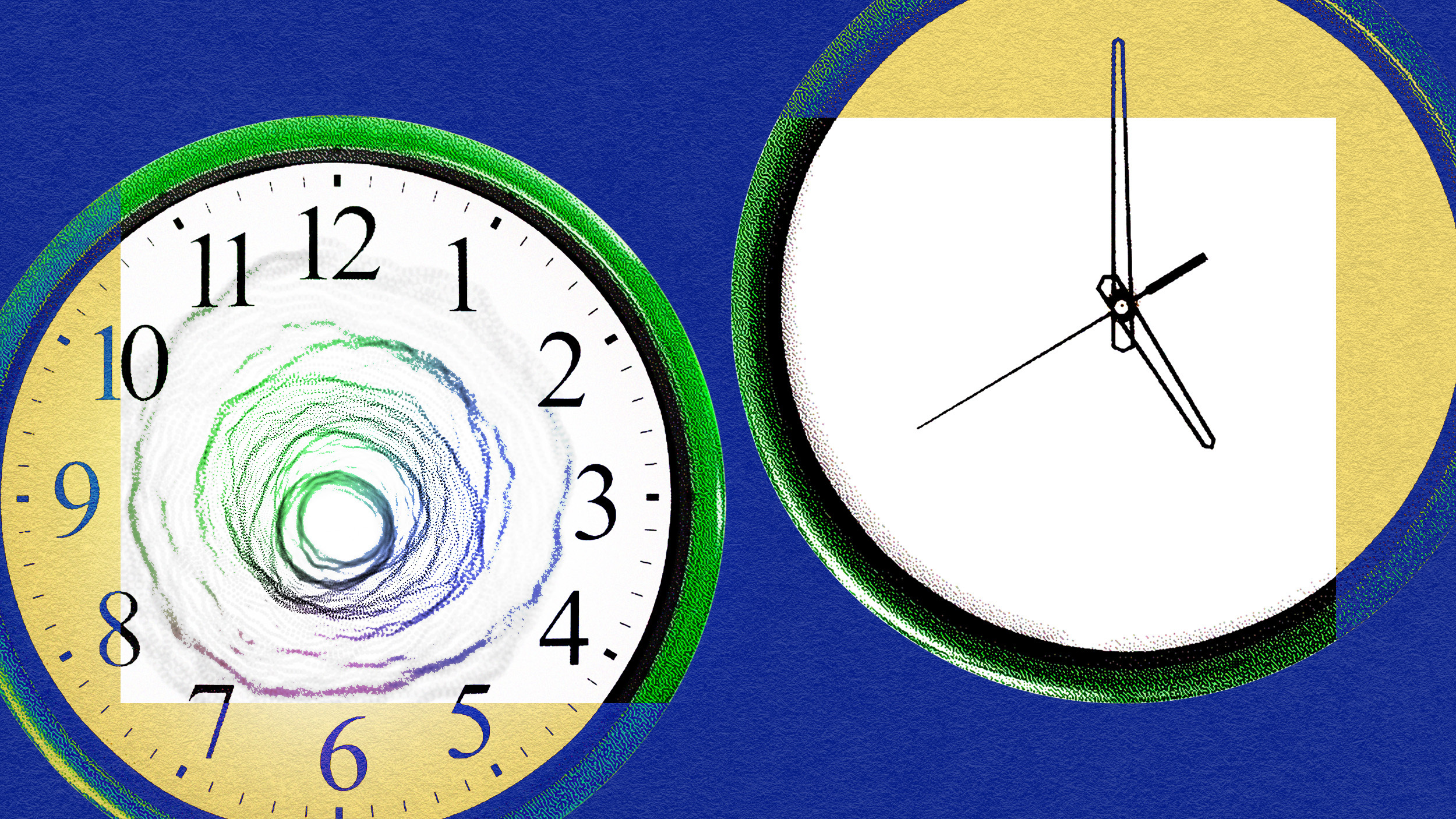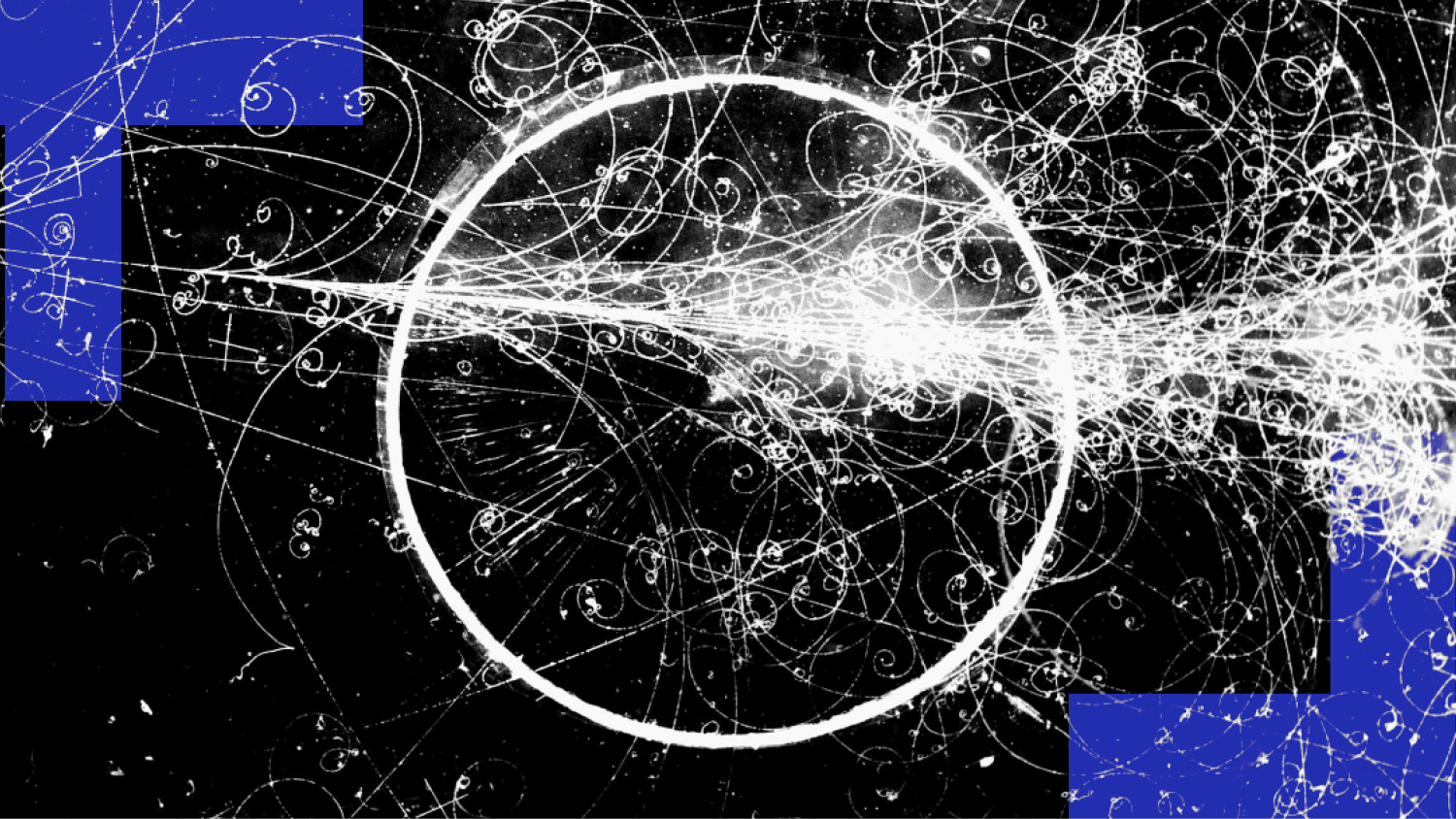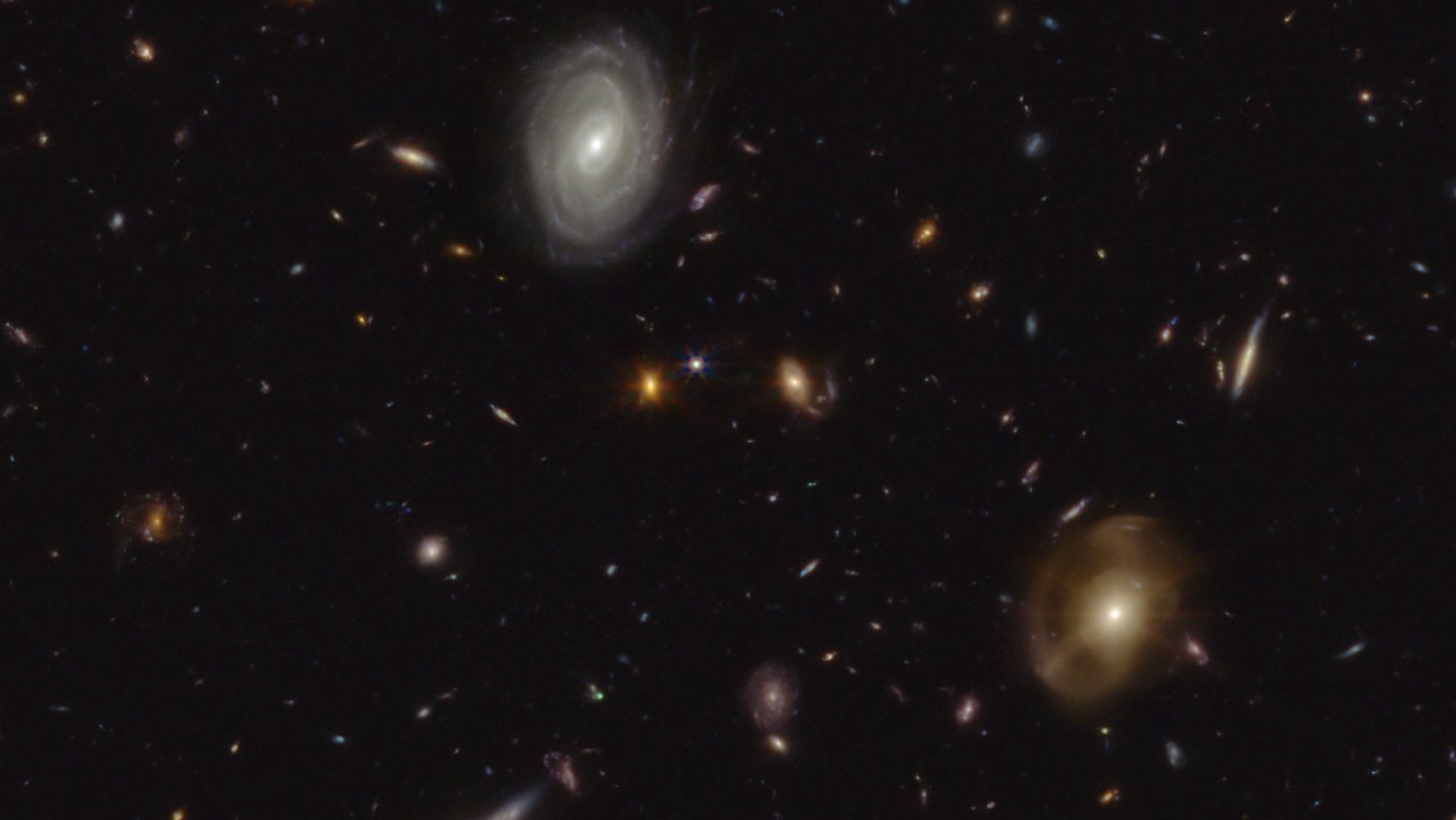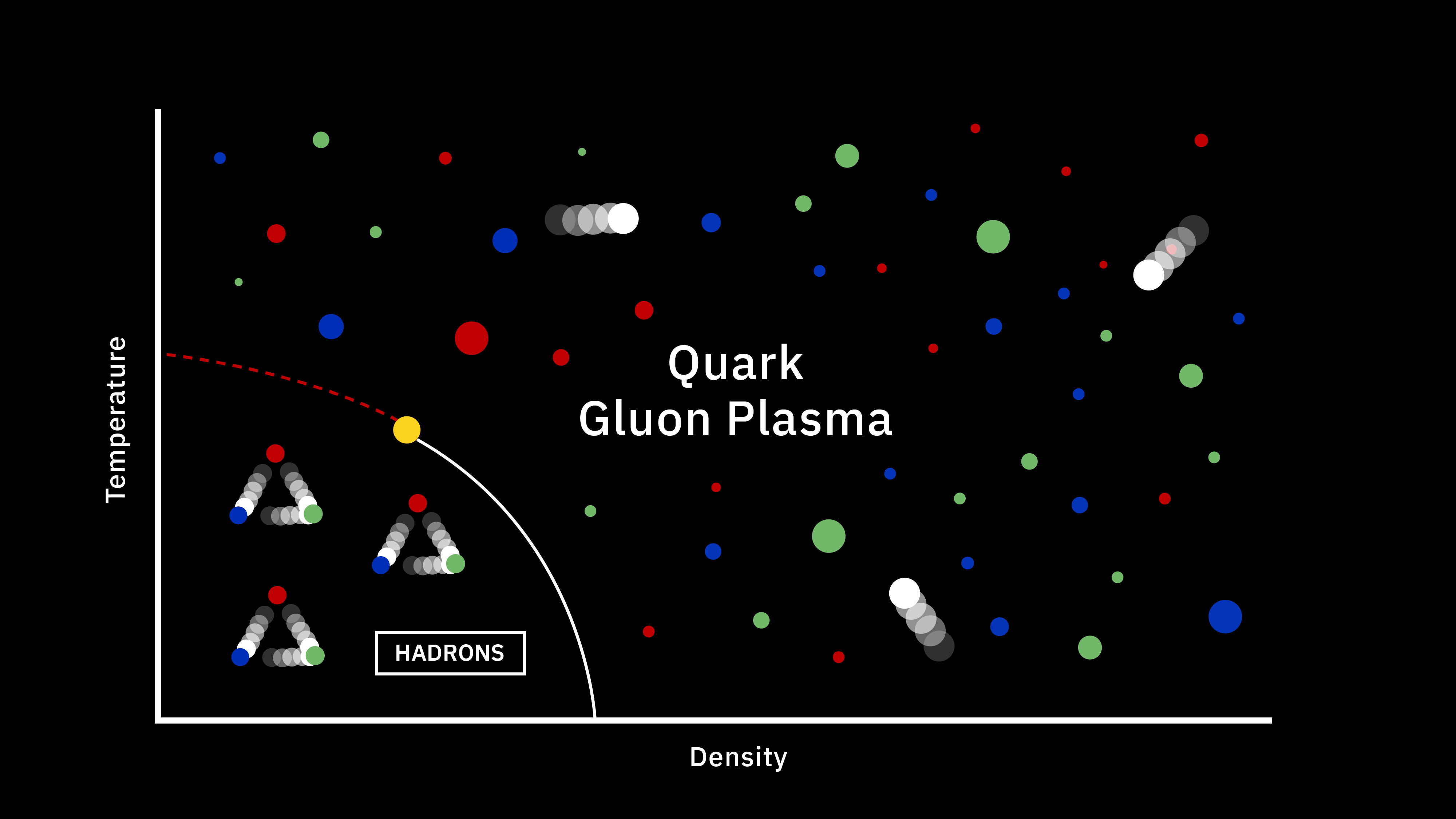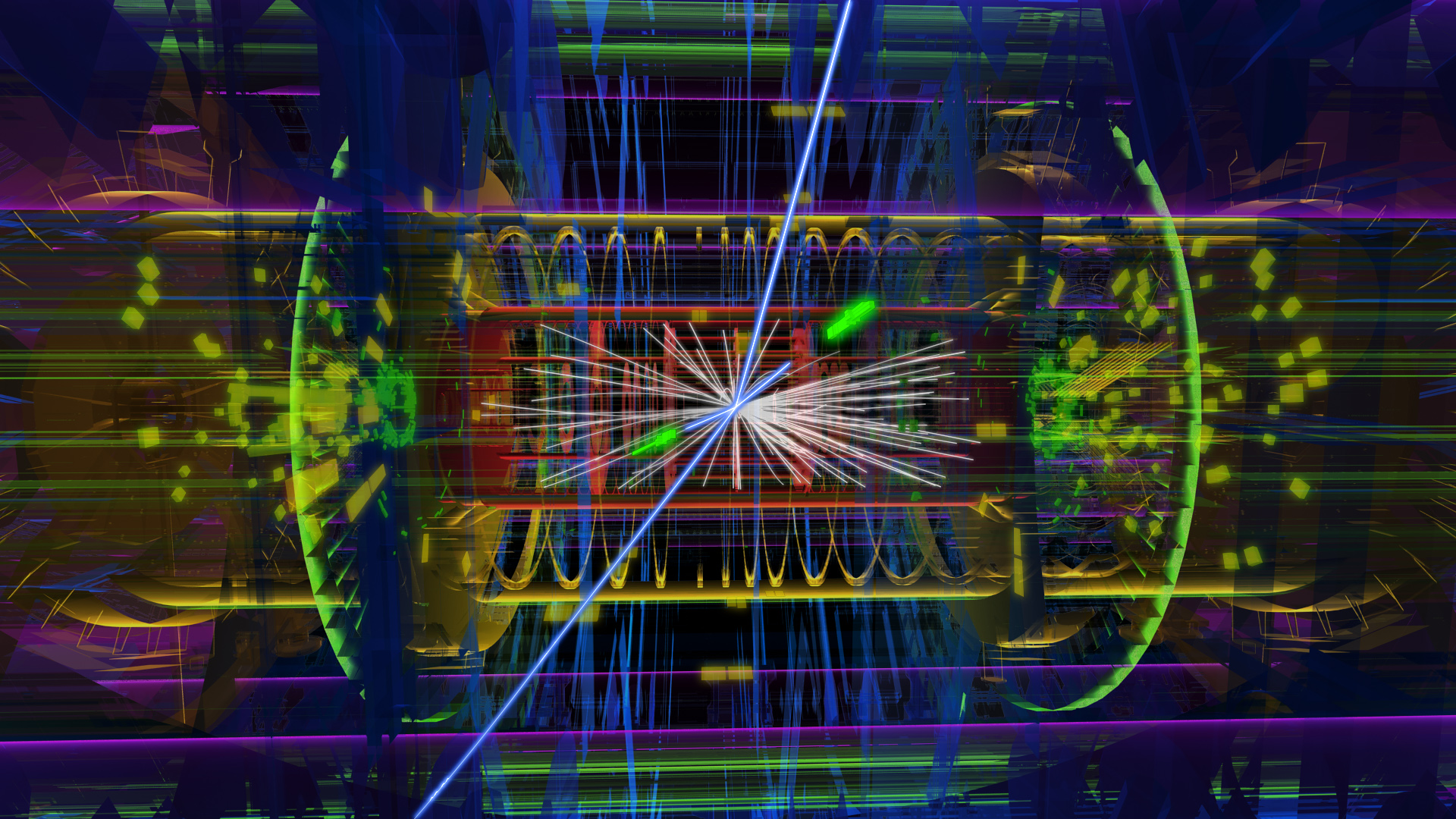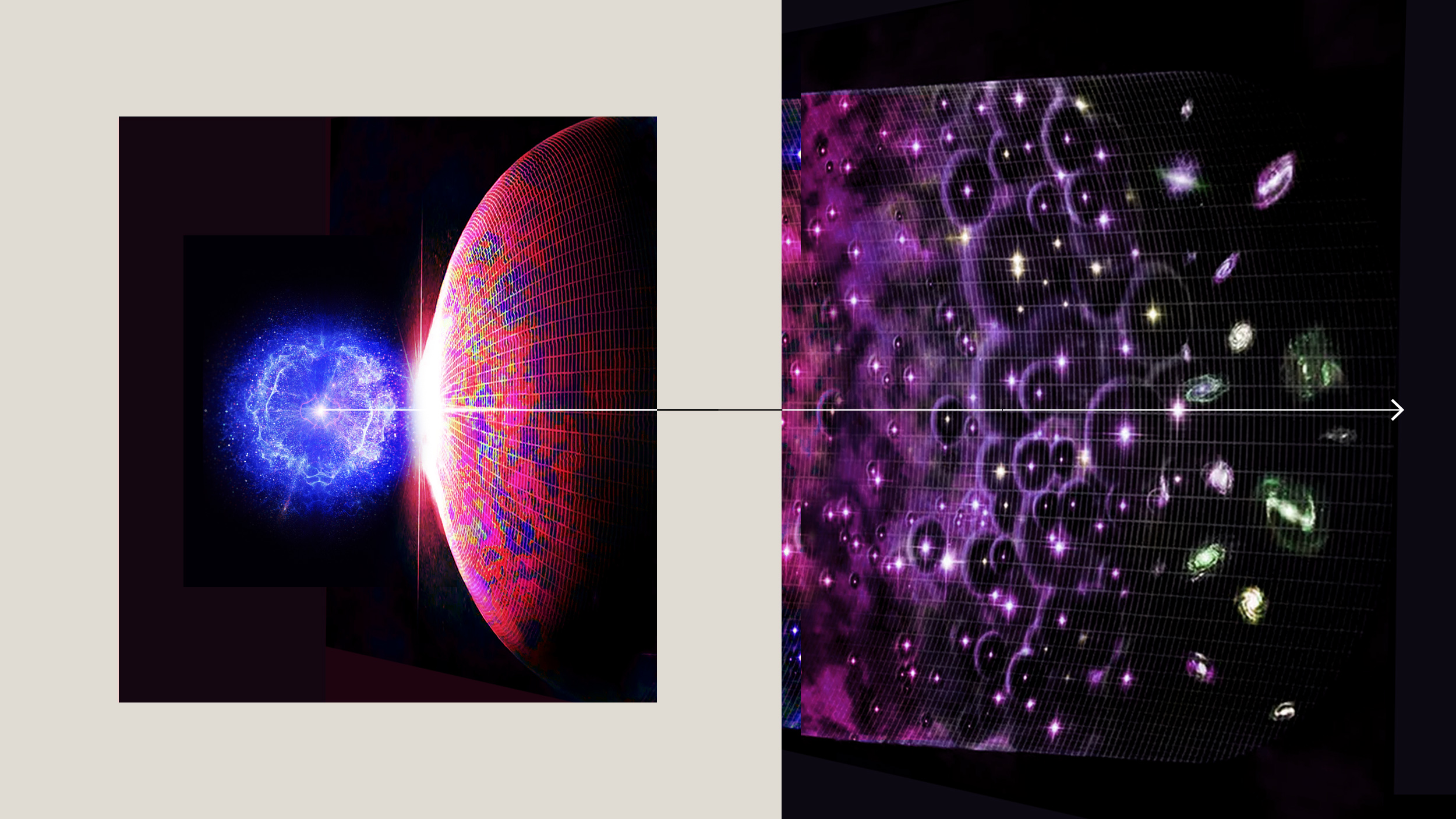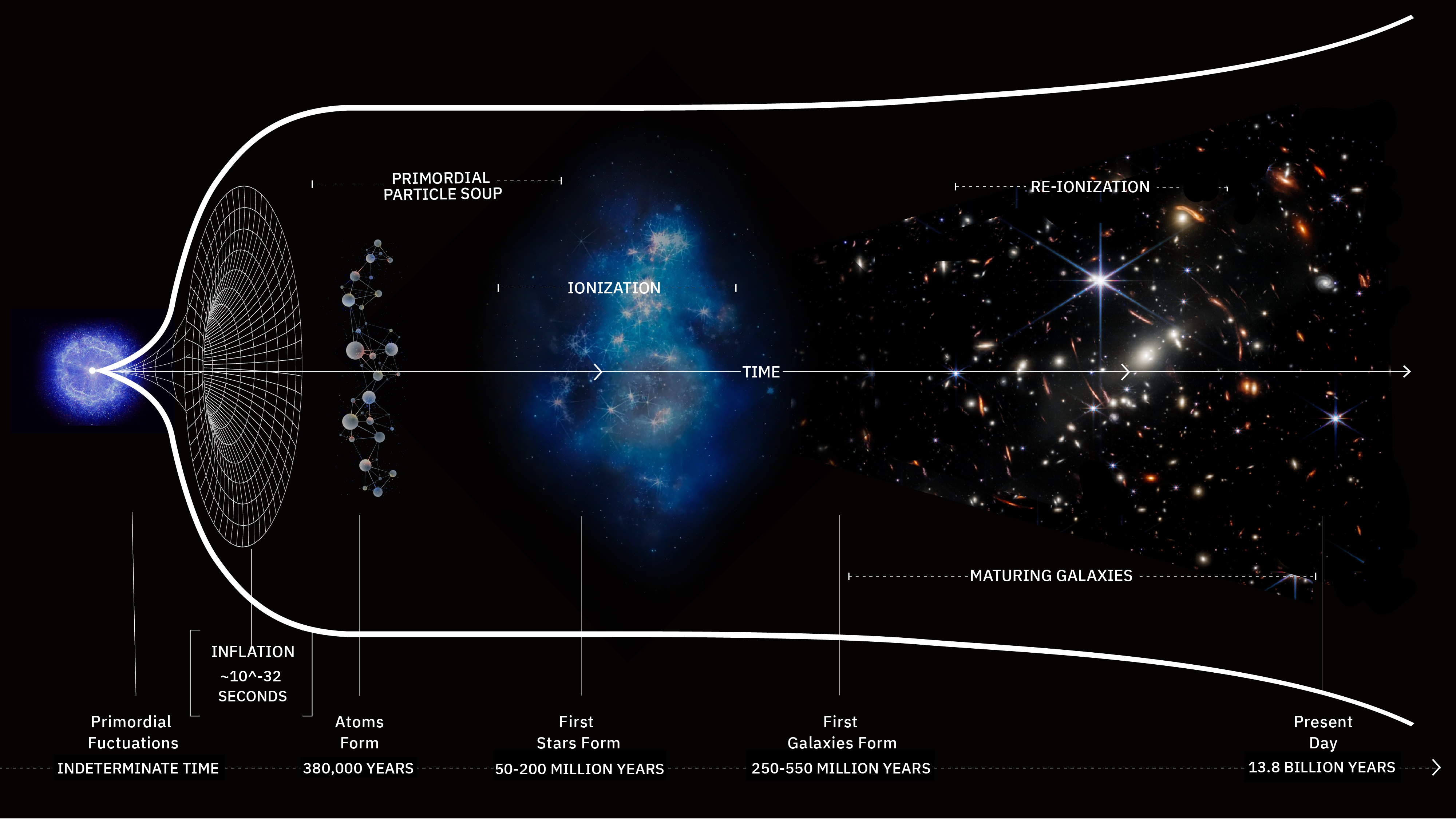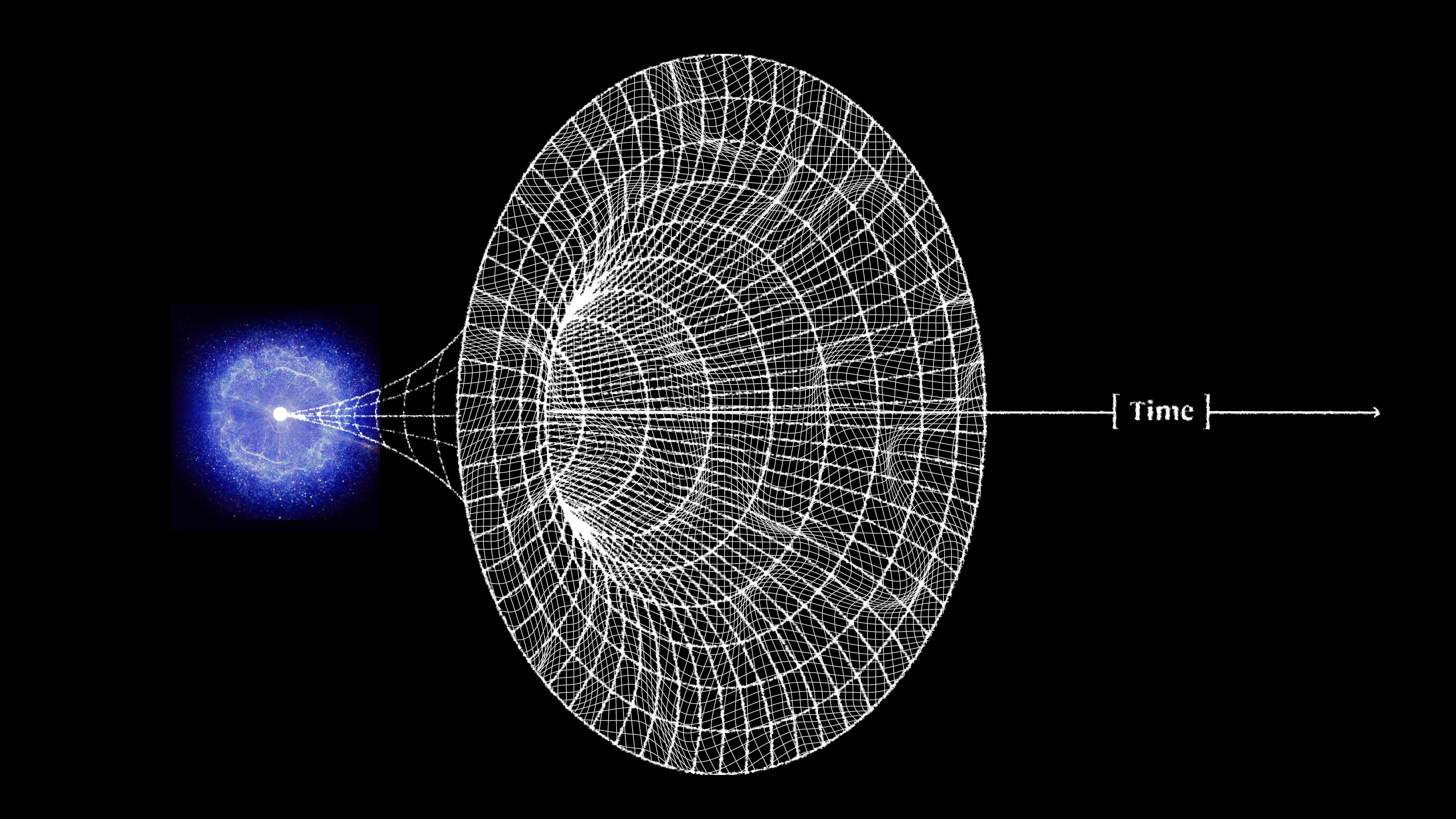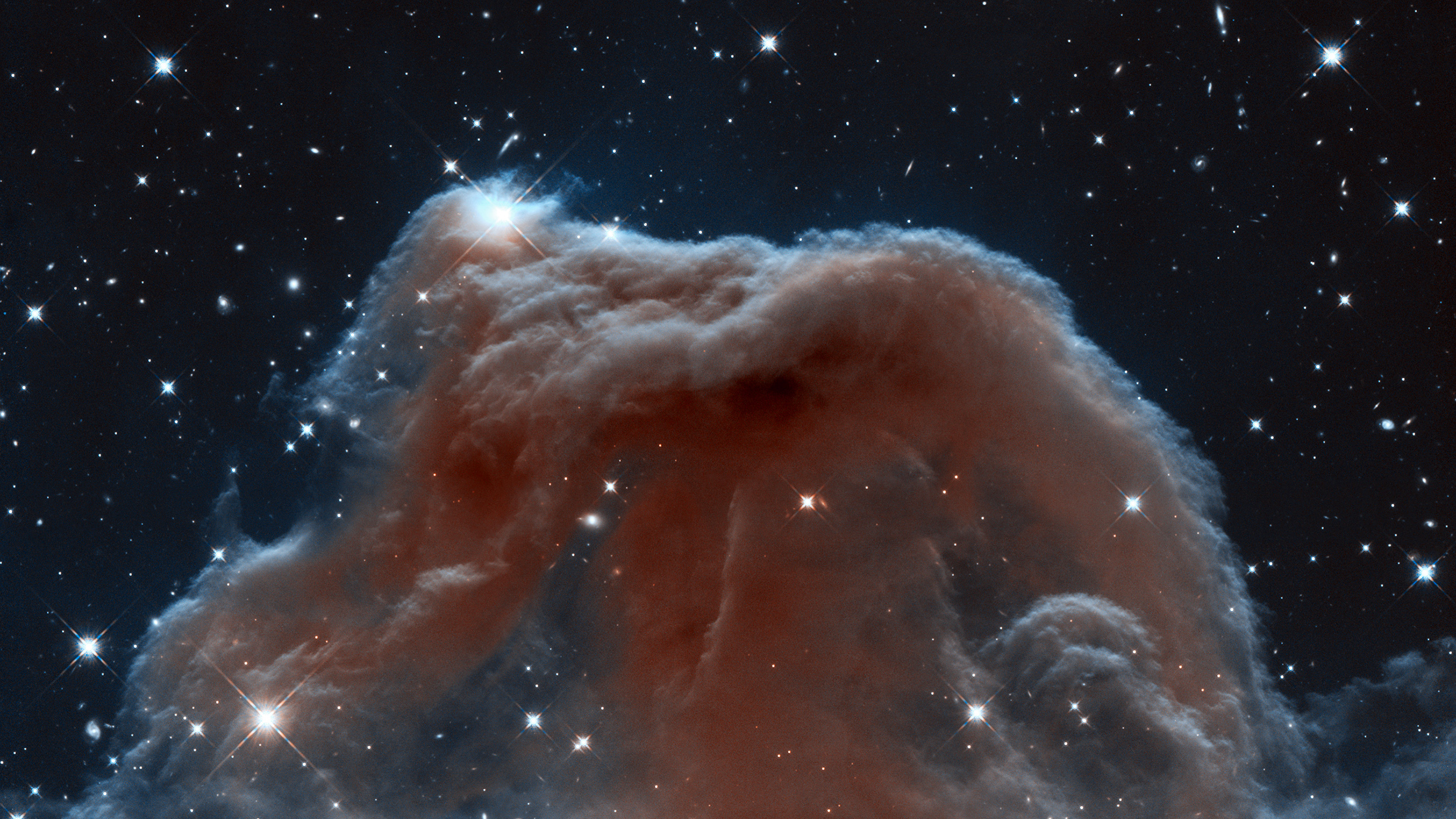Space & Astrophysics
Atomic nuclei form in minutes. Atoms form in hundreds of thousands of years. But the “dark ages” rule thereafter, until stars finally form.
Astronomers have discovered more than 5,000 confirmed exoplanets — very few of which resemble Earth.
Former spacewalker Mike Massimino tells Big Think how NASA missions shaped great leaders.
On December 9, 2023, Halley’s Comet reached aphelion: its farthest point from the Sun. As it returns, here are 10 facts you should know.
Since JWST first glimpsed the Universe, we’ve entered a new era in understanding the earliest objects in the Universe. What have we learned?
U.S. particle physicists recently recommended a list of major research projects that they hope will receive federal funding.
For generations, physicists have been searching for a quantum theory of gravity. But what if gravity isn’t actually quantum at all?
The first elements in the Universe formed just minutes after the Big Bang, but it took hundreds of thousands of years before atoms formed.
Each December, the Geminid meteor shower puts on a show for skywatchers across Earth. With a new Moon at 2023’s peak, it’ll be outstanding!
Your life’s memories could, in principle, be stored in the universe’s structure.
The brilliant mind who discovered the spacetime solution for rotating black holes claims singularities don’t physically exist. Is he right?
Nearly half of all stars are born in binary systems, with the most massive ones dying the fastest. It’s not pretty for the “second” star.
Freethink’s weekly countdown of the biggest space news, featuring Starship’s second test flight, a new “dark mysteries” telescope, and more.
The Big Bang theory is not threatened, but astrophysicists have some explaining to do.
In general relativity, matter and energy curve spacetime, which we experience as gravity. Why can’t there be an “antigravity” force?
“I grew up in New Jersey in the 1970s and that experience gave me everything I needed to become a skeptic.”
The paper does not prove the existence of dark matter, but it mostly eliminates a rival theory called Modified Newtonian Dynamics.
In the early stages of the hot Big Bang, there were only free protons and neutrons: no atomic nuclei. How did the first elements form from them?
Our intuitive understanding of time is very different from a physicist’s understanding of time. How do we reconcile these views?
In the early stages of the hot Big Bang, matter and antimatter were (almost) balanced. After a brief while, matter won out. Here’s how.
The highest-energy particles could be a sign of new, unexpected physics. But the simplest, most mundane explanation is particularly iron-ic.
In 2022, Hubble owned the record for most distant galaxy. Today, that galaxy is down to the 9th most distant object. Thanks, JWST.
For a substantial fraction of a second after the Big Bang, there was only a quark-gluon plasma. Here’s how protons and neutrons arose.
In the very early Universe, practically all particles were massless. Then the Higgs symmetry broke, and suddenly everything was different.
In the earliest stages of the hot Big Bang, equal amounts of matter and antimatter should have existed. Why aren’t they equal today?
When the hot Big Bang first occurred, the Universe reached a maximum temperature never recreated since. What was it like back then?
Some 13.8 billion years ago, the Universe became hot, dense, and filled with high-energy quanta all at once. Here’s what it was like.
Perhaps the most remarkable fact about the Universe is simply that it, and everything in it, exists. But what’s the reason why?
Cosmic inflation is the state that preceded and set up the hot Big Bang. Here’s what the Universe was like during that time period.
Two of the answers add a dimension to physics that doesn’t belong there. Maybe we could call it “astrotheology.”
